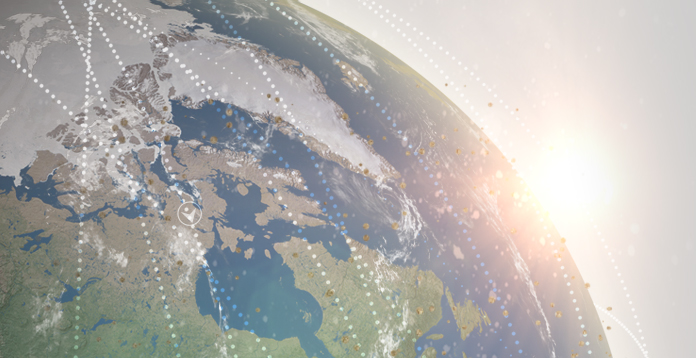
Q. How much orbital debris is currently in Earth orbit?
A. More than 21,000 pieces of orbital debris larger than 10 cm are known to exist. The estimated population of particles between 1 and 10 cm in diameter is approximately 500,000. The number of particles smaller than 1 cm exceeds 100 million.
Q. What is the principal source of large orbital debris?
A: Satellite explosions and collisions. Prior to 2007, the principal source of debris was from explosions of old launch vehicle upper stages left in orbit with stored energy sources, e.g., residual propellants and high pressure fluids. The intentional destruction of the Fengyun-1C weather satellite by China in 2007 and the accidental collision of American and Russian communications satellites in 2009 greatly increased the number of large debris in orbit and now represent one-third of all cataloged orbital debris.
Q. How fast are orbital debris traveling?
A: In low Earth orbit (below 2,000 km), orbital debris circle the Earth at speeds of 7 to 8 km/s. However, the average impact speed of orbital debris with another space object will be approximately 10 km/s. Consequently, collisions with even a small piece of debris will involve considerable energy.
Q. Are orbital debris uniformly distributed about the Earth?
A: Most orbital debris reside within 2,000 km of the Earth's surface. Within this volume, the amount of debris varies significantly with altitude. The greatest concentrations of debris are found near 750-800 km.
Q. Does the International Space Station have to dodge orbital debris?
A: The U.S. Space Surveillance Network regularly examines the trajectories of orbital debris to identify possible close encounters. If another object is projected to come within a few kilometers of the International Space Station (ISS), the ISS will normally maneuver away from the object if the chance of a collision exceeds 1 in 10,000. This occurs about 6 times a year on average.
Q. How long will orbital debris remain in Earth orbit?
A: The higher the altitude, the longer the orbital debris will typically remain in Earth orbit. Debris left in orbits below 600 km normally fall back to Earth within several years. At altitudes of 800 km, the time for orbital decay is often measured in decades. Above 1,000 km, orbital debris will normally continue circling the Earth for a century or more.
Q. What is the U.S. policy on orbital debris?
A: Since 1988 the official policy of the U.S. has been to minimize the creation of new orbital debris. The most recent National Space Policy (28 June 2010) addresses the importance of preserving the space environment, including orbital debris mitigation. NASA and the Department of Defense are also directed to pursue research and development of technologies and techniques to mitigate and remove on-orbit debris, reduce hazards, and increase the understanding of the current and future debris environment.